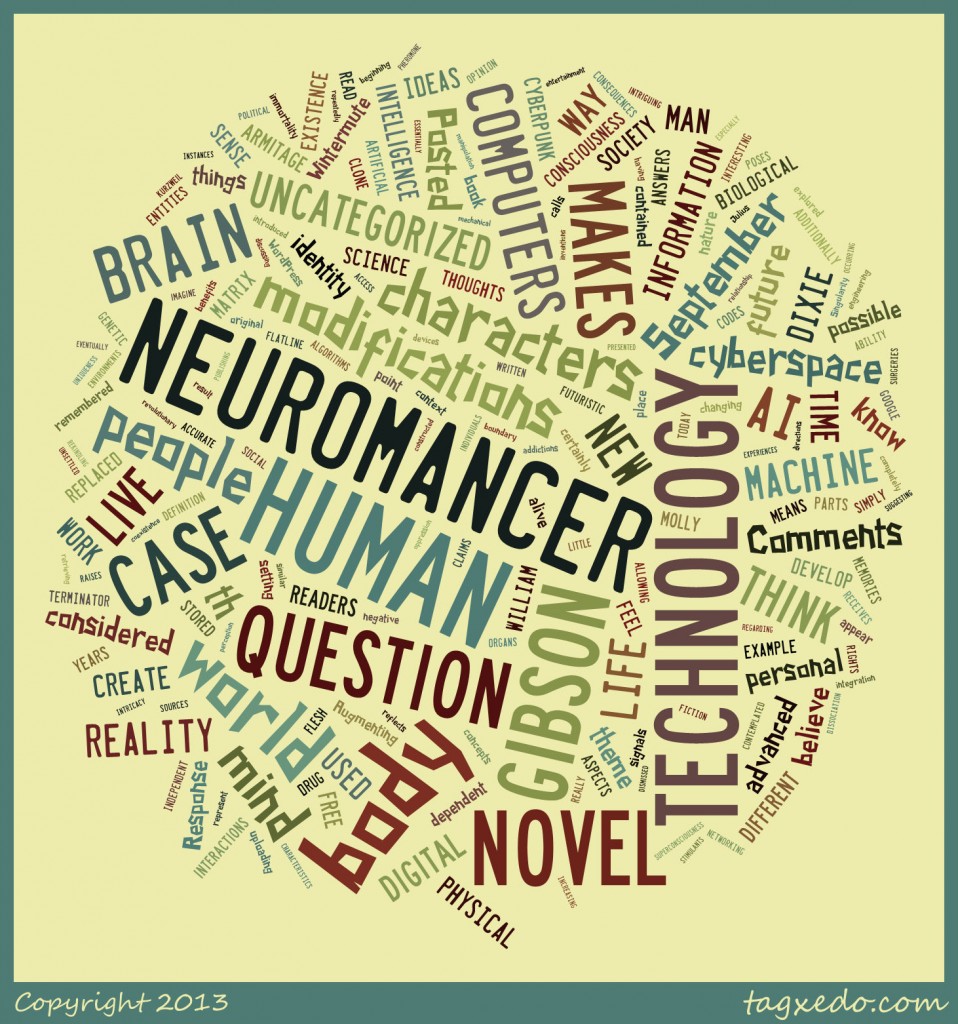Are video games a medium?
There is an apparent answer isn’t there?
Although you may think there is, it is a controversial debate with both supporters and opponents. In fact, when I told my roommate what my assignment was he immediately responded “video games don’t teach anybody anything” and he asked me to explain why I thought they did. Rather than replying I told him to read my blog post.
My method of answering this question is based on the definition of medium. According to Merriam-Webster the definition of medium is “a means of effecting or conveying something.” Based on this definition I suggest that video games should be included under the umbrella of media.
From cave paintings to motion pictures, forms of media have co-evolved with society to more accurately and effectively communicate “something” to people. Similarly to any form of media, video games send direct messages, but what sets video games apart from other forms of media is how they communicate them. Video games are an interactive form of media that allows players to be a part of the game and to make choices. Yes, one can argue that in board games like dungeons and dragons this is equally true and that with proper imagination a reader can become part of a book just as easily. However, in How to Do Things with Video Games Ian Bogost highlights that “videogames are computational, so the model worlds and sets of rules they produce can be far more complex” and much more realistic (Bogost 2011). The dungeon master asking you to slay a dragon is much different than a mission given to you in Call of Duty. Missions in these games challenge your morality. In 2009, Call of Duty: Modern Warfare 2 presented a controversial mission entitled “No Russian” where the user is told to massacre hundreds of civilians. This is different than the dragon because the player has to pull the trigger, witness the pain, and hear the suffering of the victims. However, game play allows for the user to not participate and act as a bystander (which is arguably just as bad). Decisions like this make gamers reflect on themselves and who they are. Not all the lessons of video games are as deep and thought provoking though. Pokémon for example, allows players to control an avatar that is an adolescent traveling the world with animal-like companions. Through this journey the player learns about independence, fiscal responsibility, and the importance of treating “animals” with kindness.

Image from Flickr
Understanding the relevance of video games as a medium is not limited to lessons learned, but includes how video games are impacting society. Scholars in the field of media ecology have started investigating the effects video games have on life. In McKenzie Wark’s Gamer Theory, he proposes that “the game…is the sole remaining ideal” in life, and the world we live in is “gamespace” (Wark 008). He elucidates his point by describing the world of “The Sims.” In this world there is no such thing as idle time because every action is just a part of the overall plan to advance the life of your avatar. Although video games are more notably abstract, you find more parallels between our world and The Sims’ world than expected. In today’s society, more and more people are focused on advancing their lives to achieve a goal, but when “[they can do what [they] secretly wanted to do all those years ago… [they]can’t remember” what it was (Wark 017). The game’s designer, Will Wright explains how “The Sims” also acts as a parody of consumerism because players spend all their time acquiring objects that are meant to save time. Just like in “The Sims”, today’s society is overwhelmed by the compulsion to have the next big thing, but all of this time spent on these objects defeats their initial intent to save time. It is not just what games are saying about our lives that needs to be studied, but how these games are affecting our psyches and lives. The most popular topic in this genre is the potential correlation between violent video games and shootings in America. Is this truly the case? Or is this as baseless as schools banning Catcher in the Rye after the Lennon shooting? Millions of people have read Catcher in the Rye or played a violent video game and only a small percentage have participated in a shooting. Rather than focusing on this, I believe that the attention should be shifted to studying military training, especially those of drone pilots. Earlier I discussed how video games challenge our morality, but is it possible that games could potentially dull that sense? Pilots use video game simulations during training, and then when they execute missions their stations resemble that of a hardcore gamer. Bogost argues that technology is “changing how we perceive, conceive of, and interact with our world… it structures and informs our understanding and behavior” (Bogost 2011). By making it a less realistic scenario, is the military using technology to isolate morality from killing? (Though one could use this same argument to defend that video games correlate with shootings, there is an inherent difference between the two. This is intentional training, with the purpose of training to kill).
With the introduction of more mobile technology, video games are no longer limited to time spent at home. Sony has allowed for game play to transfer from console to handheld and the Facebook app has allowed for players to harvest their “Farmville” crops on the go. With the ability to keep this connection with video games at all times it has become harder to “jack out” and return to reality (Gibson 1984). Perhaps the break suggested by Wii during gameplay is not just advocating exercise, but jacking players out to remind players what reality is. As video games become more accessible, it becomes a medium for a more diverse population. Although gaming was once thought to represent a niche audience, times have changed. Video games are “woven into everyday life,” but not everyone is aware (Bogost 2011). Unfortunately, as suggested in The Matrix, “no one can be told [this]. You have to see it for yourself” (The Matrix 1999). So now this leaves you with one question. Which pill will you take?
Works Cited
Bogost, Ian. How to Do Things with Videogames. Minneapolis: University of Minnesota, 2011. Print.
Gibson, William. Neuromancer. New York: Ace, 1984. Print.
The Matrix. Prod. Andy Wachowski and Larry Wachowski. Dir. Andy Wachowski and Larry Wachowski. By Andy Wachowski and Larry Wachowski. Perf. Keanu Reeves and Laurence Fishburne. Village Roadshow Pictures, 1999.
Wark, McKenzie. Gamer Theory. Cambridge, MA: Harvard UP, 2007. Print.



